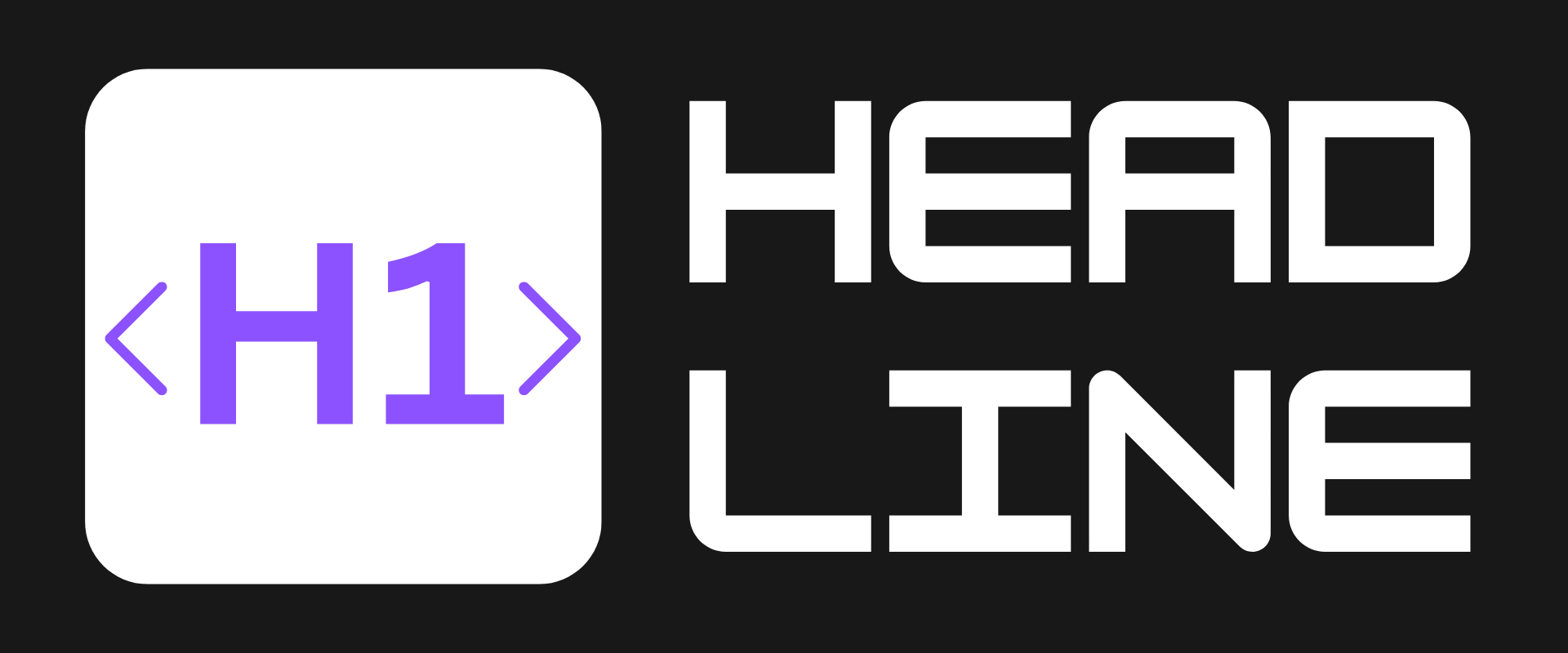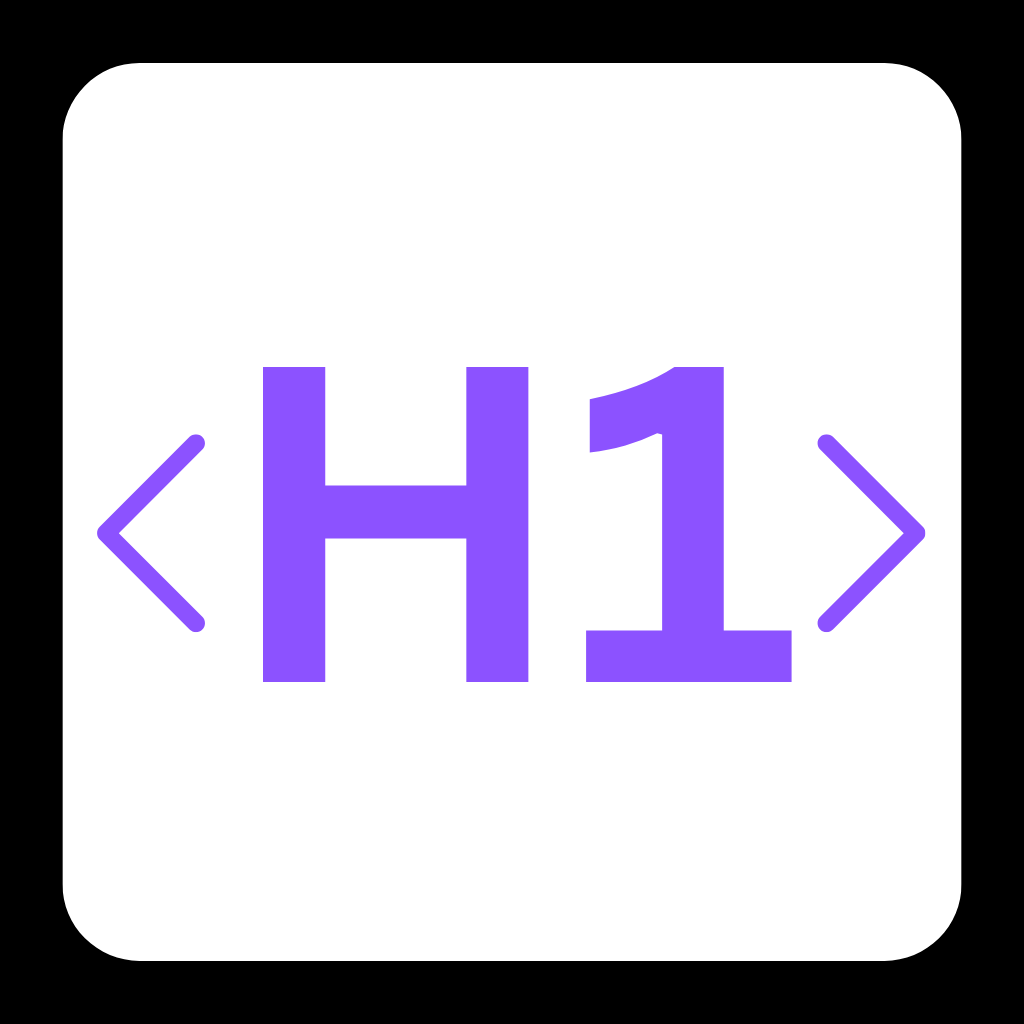Can Apple’s AI Openness Save Its Lagging Tech Reputation?

Apple’s AI Strategy: A Game-Changer or Desperate Catch-Up?
Apple is making a bold move to regain its footing in the AI race by opening its on-device AI models to developers at WWDC 2025. With rivals like Google and Samsung already embedding advanced AI into their ecosystems, Apple’s delayed innovations—like error-prone news summaries and quirky Genmoji—have left fans frustrated. Will this new developer-centric approach reignite Apple’s innovation engine? Let’s dive in.
🚨 The Problem: Apple’s AI Gap Is Widening
- 📉 Trailing Competitors: Samsung’s Galaxy AI and Google’s Gemini Nano have already integrated on-device AI for features like live translation and photo editing, while Apple’s Siri delays and limited AI tools have drawn criticism.
- 🤖 Feature Flops: Apple paused its AI news summarization tool after media backlash over inaccuracies, and Genmoji’s inconsistent emoji generation has been labeled ‘hit or miss.’
- 💡 Ecosystem Fragmentation: Developers currently can’t access Apple’s core AI models (Apple Foundation Models), limiting third-party app innovation compared to Android’s open ecosystem.
✅ The Solution: Opening the AI Floodgates
At WWDC 2025, Apple plans to release an SDK allowing developers to build apps using its on-device AI models. Here’s why it matters:
- 🔒 Privacy-First AI: On-device processing avoids cloud dependency, aligning with Apple’s privacy branding.
- ⚡ Faster, Smarter Apps: Developers could create apps with real-time AI features like instant text editing or personalized health insights without latency.
- 🌐 Ecosystem Lock-In: Unique apps built for Apple’s AI could make iPhones and Macs indispensable—think ‘Vision Pro-level’ integrations for everyday tasks.
Example: A fitness app using Apple’s AI to analyze workout data locally, then sync with a Vision Pro headset for immersive training.
⚠️ Challenges: Can Apple Deliver?
- 🚧 Model Limitations: On-device AI models are smaller and less powerful than cloud-based alternatives, potentially restricting complex tasks like video generation.
- 🤝 Developer Skepticism: After years of restrictive APIs, will Apple’s SDK offer enough flexibility to compete with Android’s Gemini Nano toolkit?
- ⏳ Timing Risks: The SDK won’t debut until WWDC 2025, giving rivals a year to advance their own AI ecosystems.
- 💥 Past Baggage: Apple’s recent AI missteps (e.g., Siri delays) could dampen developer enthusiasm.
🚀 Final Thoughts: A Make-or-Break Moment
Apple’s AI pivot hinges on three factors:
- 📈 Developer Adoption: Will indie devs and major studios embrace the SDK?
- 🎯 Feature Differentiation: Can Apple’ AI-powered apps outshine Android’s existing tools?
- 🔋 Hardware Synergy: Will future iPhones and Macs include dedicated AI chips to maximize performance?
If successful, this could redefine Apple’s ecosystem. If not, it risks becoming another footnote in the AI arms race. What do you think—will developers bite?
Let us know on X (Former Twitter)
Sources: Teena Maddox. Apple Plans to Open On-Device AI Models to Developers at WWDC 2025, June 2024. https://www.techrepublic.com/article/news-apple-ai-models-developers/










